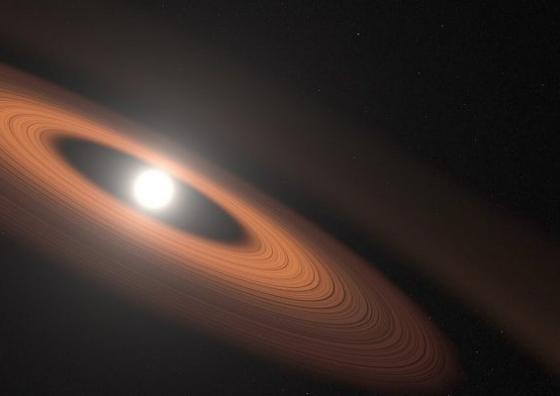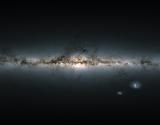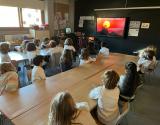Next Wednesday, October 13, the researcher of the Institute of Cosmos Sciences of the University of Barcelona, Edgar Molina, will deliver a dissemination talk to the physics amateur association Sopa de Partículas in which he will discuss the different types of objects that dying stars can turn into. He will also focus on the role these objects have in astrophysical high-energy phenomena.
Here you have all the necessary information:
TALK: “White dwarfs, neutron stars and black holes. How far have they gone?”
At the end of their lives, stars can end up becoming three different types of objects: white dwarfs, neutron stars or black holes. The process by which these objects are formed is commonly known as the death of the star. In this talk we will discover that white dwarfs, neutron stars and black holes are actually the protagonists of some of the most energetic processes happening in our galaxy. As it was said in the movie quote, “these dead are very much alive”.
By: Edgar Molina, ICCUB-IEEC
Date and time: Wednesday, October 13, 19:00h
Place: Community Center El Guinardó
The activity is free but places must be booked in advance.
About the author
Dr Molina joined the ICC in 2017 with the High-energy Astrophysics research group. He did his doctoral thesis with professors Marc Ribó and Valentí Bosch-Ramón and finished it last Wednesday, September 29.




